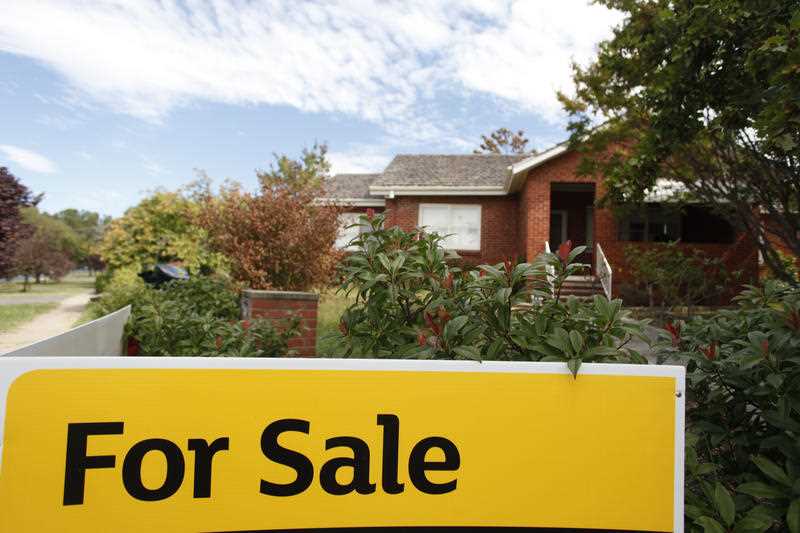Mortgage-holders are in for more pain after Australia’s central bank pulled the trigger on a widely-expected 25 basis point interest rate hike aimed at driving down stubbornly high inflation.
The move takes the official cash rate to 4.35 per cent.
Most economists polled by Reuters were expecting a 25 basis point increase, with all four of the big banks leaning towards a Melbourne Cup day hike.
The 0.25 percentage point increase follows four months on hold at 4.1 per cent, with the Reserve Bank of Australia moving to the sidelines to observe the impact of its aggressive tightening cycle started last year.
Though data released over the past month pointed to uncomfortably persistent price pressures that cast doubt over the central bank’s late 2025 timeline for bringing inflation back to target.
In a post-meeting statement, RBA governor Michele Bullock said inflation had passed its peak “but is still too high and is proving more persistent than expected a few months ago”.
Hot September quarter inflation data – particularly underlying measures – stronger than anticipated economic growth, resilience in the labour market, and the recovery in home prices all factored into the November call.
“The weight of this information suggests that the risk of inflation remaining higher for longer has increased,” the statement read.
The possibility of more tightening remains alive though milder language was used in reference future increases.
“Whether further tightening of monetary policy is required to ensure that inflation returns to target in a reasonable timeframe will depend upon the data and the evolving assessment of risks,” Ms Bullock said.
Treasurer Jim Chalmers said the latest increase to the cash rate would “make life harder for people who are already doing it tough”.
“We are doing our bit as a government when it comes to addressing this inflation challenge, rolling out cost-of-living relief in a way that puts downward pressure on inflation rather than add to our inflation challenge,” Dr Chalmers said on Tuesday.
Provided banks pass the increase on to borrowers, Compare the Market analysis shows the cash rate hike will add an extra $82 to monthly repayments for a $500,000 loan.
In total, borrowers are now paying almost $1300 more each month than before interest rates started going up in May last year.
KPMG chief economist Brendan Rynne said the increase to the cash rate was a reasonable move though there were some “persuasive arguments to have held off for longer”.
“A softness is appearing in the labour market and is only likely to grow over the coming months; retail lending rates are rising due to increasing wholesale funding costs; and the immediate impact associated with any cash rate rise is going to be disproportionately felt by the poorest in society – the cohort that are least adding to inflationary pressures in Australia,” Dr Rynne said.
Higher interest rates were going to do little or have no direct influence on demand for goods and services experiencing the fastest inflation, such as petrol, energy and rents, he said.
By Poppy Johnston in Canberra
Get local, national and world news, plus sport, entertainment, lifestyle, competitions and more delivered straight to your inbox with the Canberra Daily newsletter. Sign up here.



